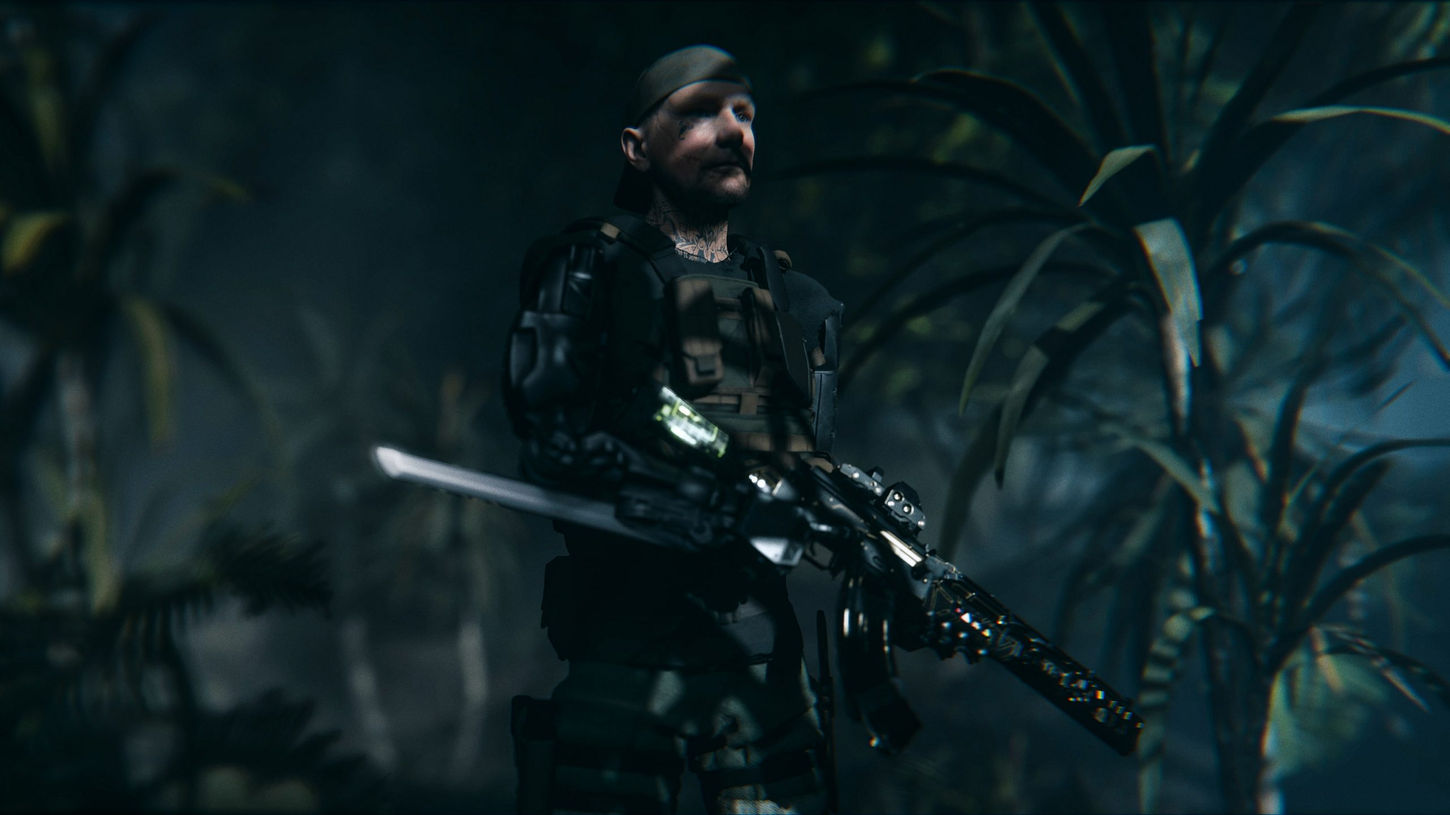
ROLE
Level Designer
GENRE
Battle Royale
RELEASE
TBA
PLATFORM
PC | PS5 | Xbox X / S
OFF THE GRID
Dive into the heat of a covert corporate war in Off The Grid, a cyberpunk Battle Royale 2.0. Check out the gameplay trailer on YouTube.
As a level designer my main responsibility has been working on locations in the open-world, focusing on creating engaging PvP experiences while communicating the game world's overarching narrative vision.
Some of my specific responsibilities were as follows:
-
Design & blockout multiple open-world locations
-
Ownership on development of multiple locations. Organizing priorities, communicating progress & regular reports to stake holders
-
Collaborate with artists to create concept-friendly blockouts, implement set dressing & props
-
Provide feedback to artists while pushing blockouts towards final art
-
Organize playtests, iterate & address tester feedback
-
Balance location combat, iterate on layout & cover placement based on playtester feedback
-
Establish the architectural style of multiple locations to communicate vision & atmosphere
-
Ownership of the review process for gameplay-relevant assets from whitebox to final art, ensuring they conform to metrics & readability standards
-
Collaborate with narrative designers & directors to ensure location vision cohesiveness
-
Optimize level pacing for a battle royale environment
-
Write & iterate design documents for multiple locations

Blocking out for Battle Royale
The different phases of battle royale also bring with them interesting design requirements. A location can be a loot hotspot for the initial deployment onto the map, while the same location towards later stages of the game can turn into a king-of-the-hill-type scenario between a handful of squads. Learning to balance the level flow of an area allows for more dynamic open-world locations that cater to the different stages of battle royale. This includes optimizing cover placement and density, flanking routes and balancing engagement ranges to cater to variables such as how many players are present or which phase of the BR is active.
Ownership over locations
Accompanying locations from paper design all the way to final art as a location owner allowed me to collaborate with different teams at different stages of production. A few notable examples include:
-
Briefing with environment art to kick-off the whitebox stage
-
Regular reviews of the whitebox layer to ensure it remains loyal to the blockout
-
Briefing art on best-practices for set dressing placement that does not hinder player / camera movement
-
Optimizing player movement and readability during the set dressing phase through declutter proposals
-
Raising red flags that may impede production quality / efficiency
-
Learning to find solutions and concessions to optimize workflow and standardization post-blockout
-
Presenting the location in sign-off meetings with stakeholders

Future-proof designs
Designing levels with future content in mind, adding in planned flexibility to accommodate content that is unknown at the time. These can range from monster closets to closed-off bits of interiors that could be utilized in the future to host a variety of content meant for a live-service game.
Believable environments
Crafting playable and believable spaces that belong to the game's vision has been an exciting challenge. I had the opportunity to directly design and pitch different styles pertaining to the architecture of certain locations. Utilizing my knowledge of real-world architecture to design spaces that inherently feel familiar to move through, especially in the heat of combat.







